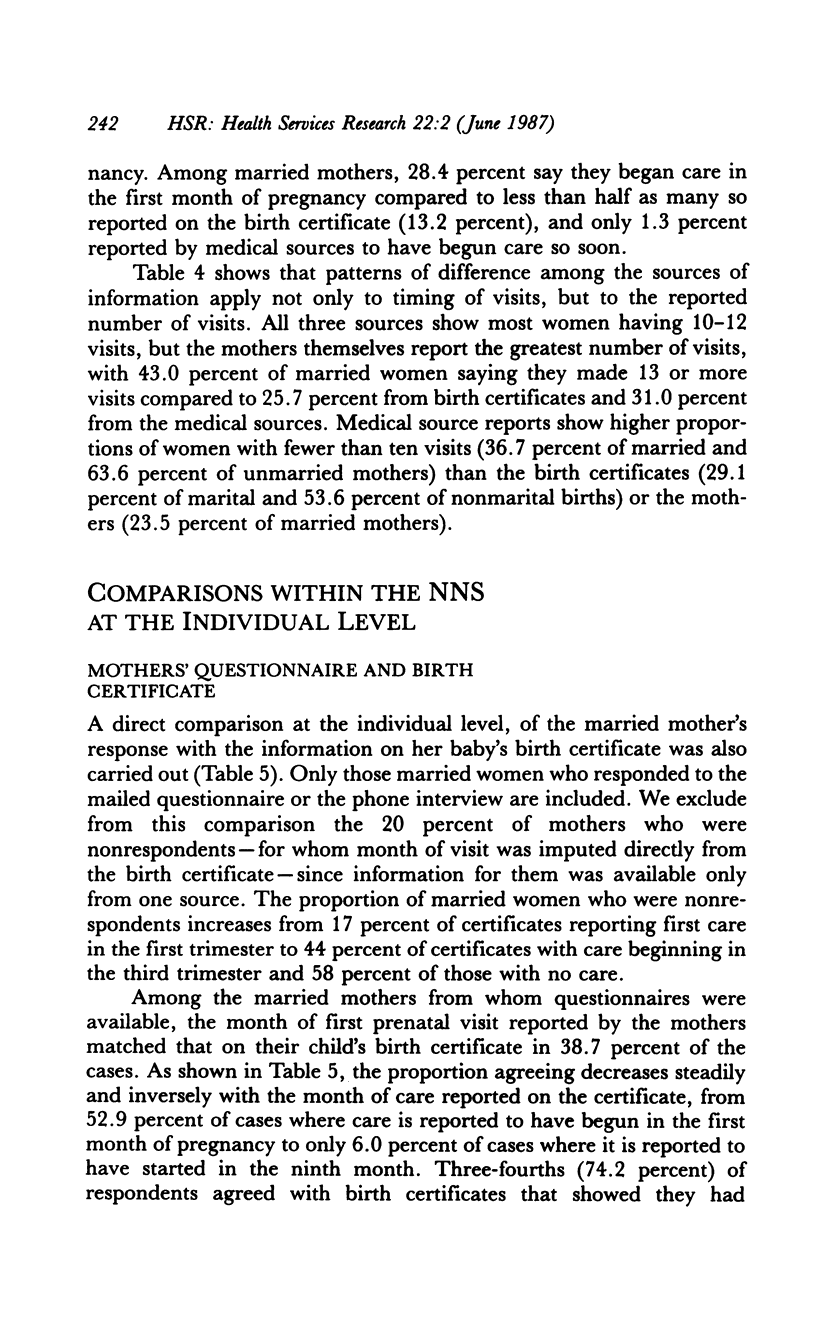Abstract
Timing of prenatal care has become the most widely used indicator of adequacy of care, largely because it is easy to measure and is obtained by national data collection sources. Because it is a crucial input into setting policy goals, it is important that we have an accurate measure of timing of care. This article reviews the existing level of access to prenatal care, as measured by three different national data sources (Vital Statistics, the National Natality Survey, and the National Survey of Family Growth). Differences among the three sources are discussed; and drawing upon what we know of the problems of data collection, we speculate on the most accurate measure of access to care. Finally, suggestions for improving future data collection are made.
Full text
PDF


















Selected References
These references are in PubMed. This may not be the complete list of references from this article.
- Singh S., Torres A., Forrest J. D. The need for prenatal care in the United States: evidence from the 1980 National Natality Survey. Fam Plann Perspect. 1985 May-Jun;17(3):118–124. [PubMed] [Google Scholar]
- States B., Segal S. Levels of gamma-glutamyltranspeptidase in cultured skin fibroblasts from cystinotics and normals. Life Sci. 1980 Nov 24;27(21):1985–1990. doi: 10.1016/0024-3205(80)90419-1. [DOI] [PubMed] [Google Scholar]


